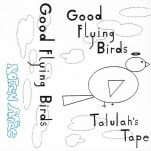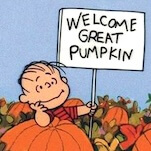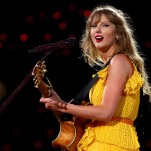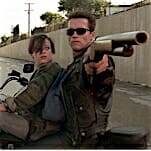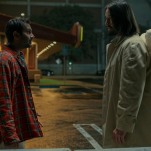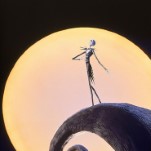The Charming Fly Me to the Moon Is Too Straight to Go Full Screwball
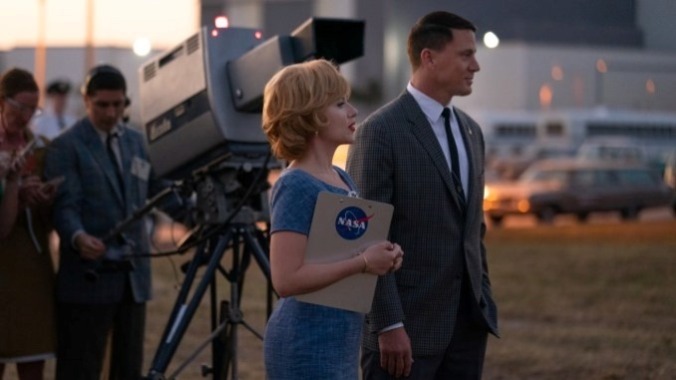
It’s easy and fashionable to dismiss a movie as pastiche – empty pastiche, especially; has anything ever been described as rich, full-bodied pastiche? – yet there are plenty of movies that could frankly stand a lot more of it. The charming romantic comedy Fly Me to the Moon, for example, is set in the late ’60s, just as NASA makes a final push in the space race between the United States and the Soviet Union, and feels appropriately out of step with the cinema of its setting. Though expert marketer Kelly Jones (Scarlett Johansson) and NASA director Cole Davis (Channing Tatum) technically live in a world that’s seen Bonnie and Clyde and The Graduate (and, as a questionable bonus, also have traces of contemporary dialogue writing that haunts so many would-be period pieces in 2024), they could almost inhabit a Doris Day/Rock Hudson romance from a decade earlier, mixed with a touch of lipstick-selling feminism and retro-futuristic optimism. That’s all part of the movie at hand, but Fly Me to the Moon is a little too timid to fully synthesize those influences – to make the patriotic nobility of the space program subservient to mere pastiche, or even the whims of desire. Ironically, its relative sexlessness is the most 2024 thing about it.
Still, sometimes the mere illusion of sexy pastiche is enough – especially in a movie so enamored with the immaculately faked imagery of advertising. That’s the world Kelly inhabits, with a con artist’s confidence, when Moe Berkus (Woody Harrelson) whisks her down to Florida. He wants her to gin up some good publicity for NASA, perpetually on the brink of losing its funding. This puts Kelly at odds with Cole, a straight-shooting NASA boss whose own astronaut dreams have been grounded. Despite their differing approaches to the moonshot, the two are clearly attracted to each other, granting both of them an unspoken leeway as Kelly secures advertising tie-ins and Cole focuses on the project’s extraordinary technical difficulty. Sometimes, their endeavors intersect, in scenes where congressmen must be soothed or cajoled in a manner faintly reminiscent of the backstage political maneuvers depicted in Spielberg’s Lincoln. Not being an established politician, Kelly can shapeshift as needed, taking on different names and accents, all for the good of our national pride.
Eventually the movie arrives at what’s been advertised as its main attraction: A contingency plan whereupon Kelly supervises a staged moon landing as a backup, in case the real mission can’t be transmitted quickly, easily or victoriously enough. Has this top-secret fakery gone too far? (Anyone fearful of conspiracy-mongering should rest easy.) It takes long enough to arrive at the soundstage-moon conceit that it seems, at first, like it’s just 15 or 20 minutes that the movie’s own shrewd marketers have extracted to better sell their largely earnest NASA romance. But no, Fly Me to the Moon is just a little slower-paced than it should be, maybe because director Greg Berlanti – best known as a TV guru for the CW network – rarely uses one concise shot where two would do.
Still, this is a major step up from the antiseptic TV-movie shine of Love, Simon, his previous feature. Cinematographer Dariusz Wolski, a frequent collaborator in the visual splendors of Ridley Scott, Alex Proyas and Gore Verbinski, lends this more earthbound creation a nostalgic glow. It’s so visually beguiling that the occasional forays into the actual astronauts’ capsule feels unnecessary, even perfunctory – Berlanti and screenwriter Rose Gilroy do such a capable job keeping our interest on the ground that any attempts at conventional space-travel dazzle fizzles out by comparison.
-

-

-

-

-

-

-

-

-

-

-

-

-

-

-

-

-

-

-

-

-

-

-

-

-

-

-

-

-

-

-

-

-

-

-

-

-

-

-

-





